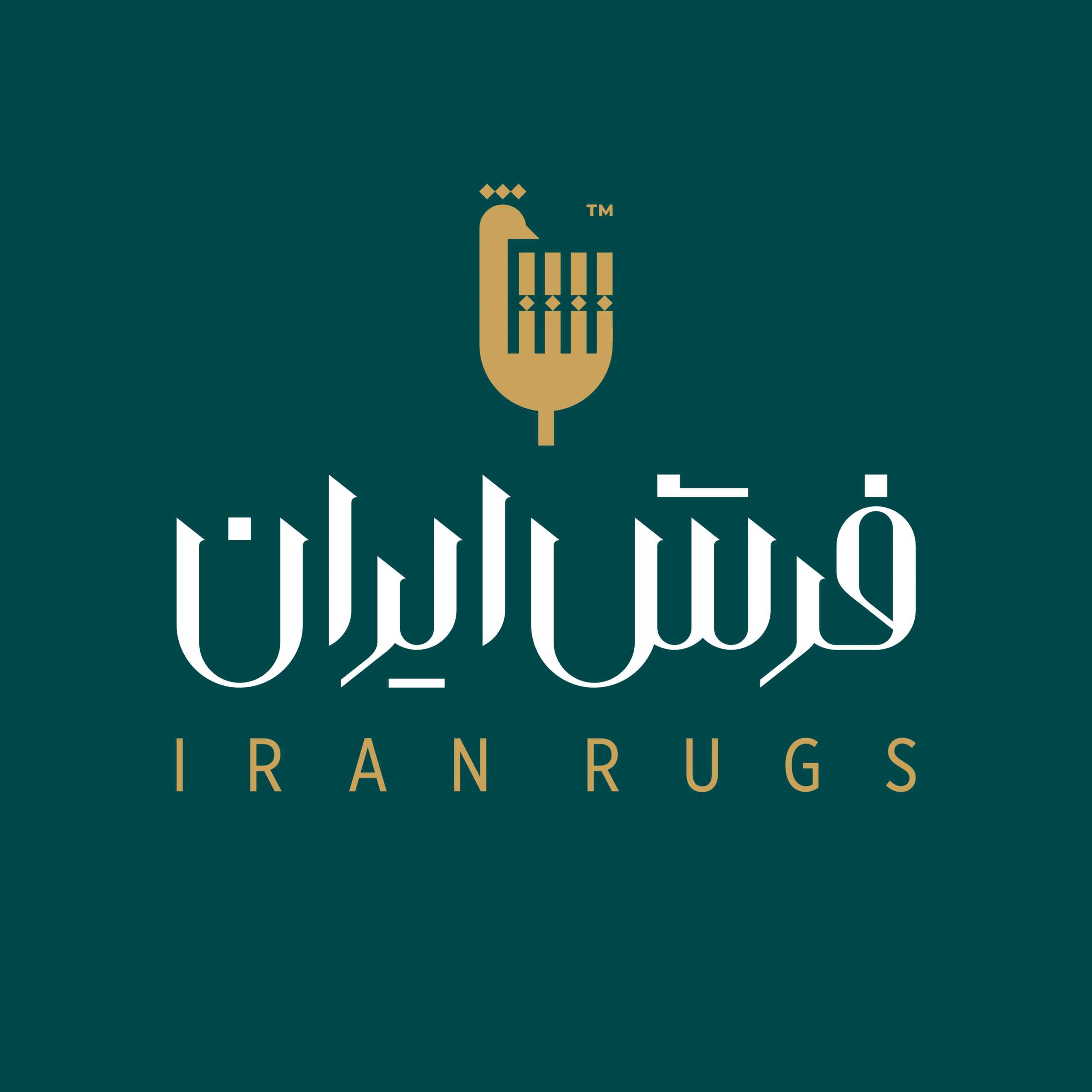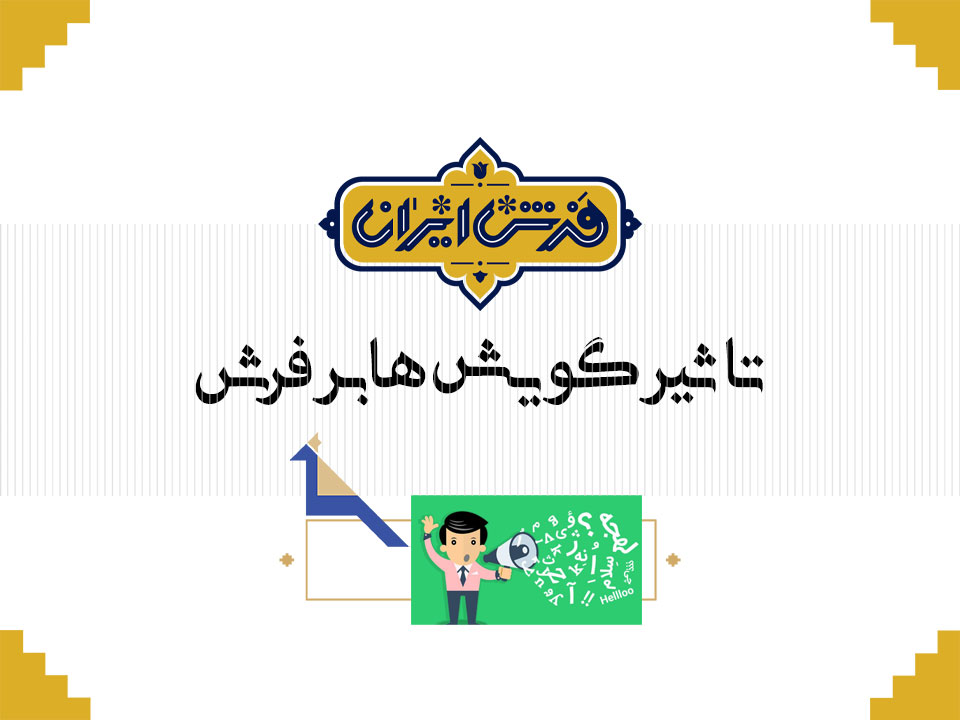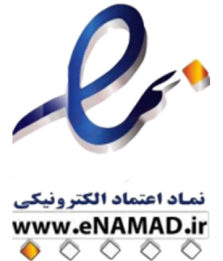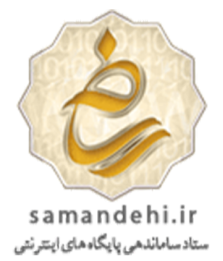The influence of dialects on Iranian carpet Influence of dialects on Iranian carpet The culture, customs and traditions of the people show their influence in everything that happens around them. The food they eat, the way food is served, ceremonies and celebrations, lifestyle, etc. are all influenced by the culture of the place where these people live. Souvenirs and handicrafts are not exempted from this rule and by being influenced by these customs, they have created a unique attraction in every part of our country.
For example, Kerman is famous for its cumin and Pistachio is called Damghan, Zanjan is known for its knives, and everyone likes to taste Falodeh and Shiraz argijat once in a while. Every corner of this land has a special beauty that these beauties and attractions have also found expression in Iranian carpets and rugs.
You may say that all the things mentioned above can be found in other cities as well, but the birthplace of this art or product goes back to the mentioned cities, and definitely the transfer of culture and art from the birthplace to other cities makes it a good place for changes. And as the famous saying goes, not every round will become a walnut.
It is mentioned in the ancient books that everything that Iranians spread under their feet called “Wisterg” and the export of woolen carpets in Iran is attributed to the Sassanid era, which was sent to China. The oldest rug found in the world is the Pazyrik rug with authentic Iranian Achaemenid motifs, which was found in the grave of one of the nomadic Persian rulers of the Scythian tribe.
However, a large number of Caucasian and Asia Minor carpet works and designs have been found, which mistakenly considered the Caucasus to be the birthplace of this art, but with the discovery of the Pazyrik carpet, this claim was invalidated.
The classification of carpets in Iran’s carpet gallery and the totality of carpets in ancient Iran can be divided into the following major categories based on dialect (it should be said that neighboring provinces and cities have spread this art by taking inspiration from these designs):
Persian hand-woven carpets and panels: Persian carpets can be seen in the handicrafts of the Qashqai and Khamsa tribes. In this style, the carpet is horizontal and the weaver sits on the floor to weave it. Qashqai carpet weaving does not use a map and takes the design from its own mind. The novices are called hoor and the novice weaver puts the patterns together according to the instructions. The cradle of this carpet is in Fars province and its neighboring provinces.
-

Persian hand-woven carpets and rugs
Harris hand-woven carpet: a combination of Iranian and Azerbaijani carpets that are woven in the shade of natural colors of runas, onion skin, black wood, zalir plant, etc. in a range of navy blue, red, indigo, brown and green colors. Inspired by the mountains of this region, Harris carpets are woven in patterns of broken lines and angular geometric shapes. -
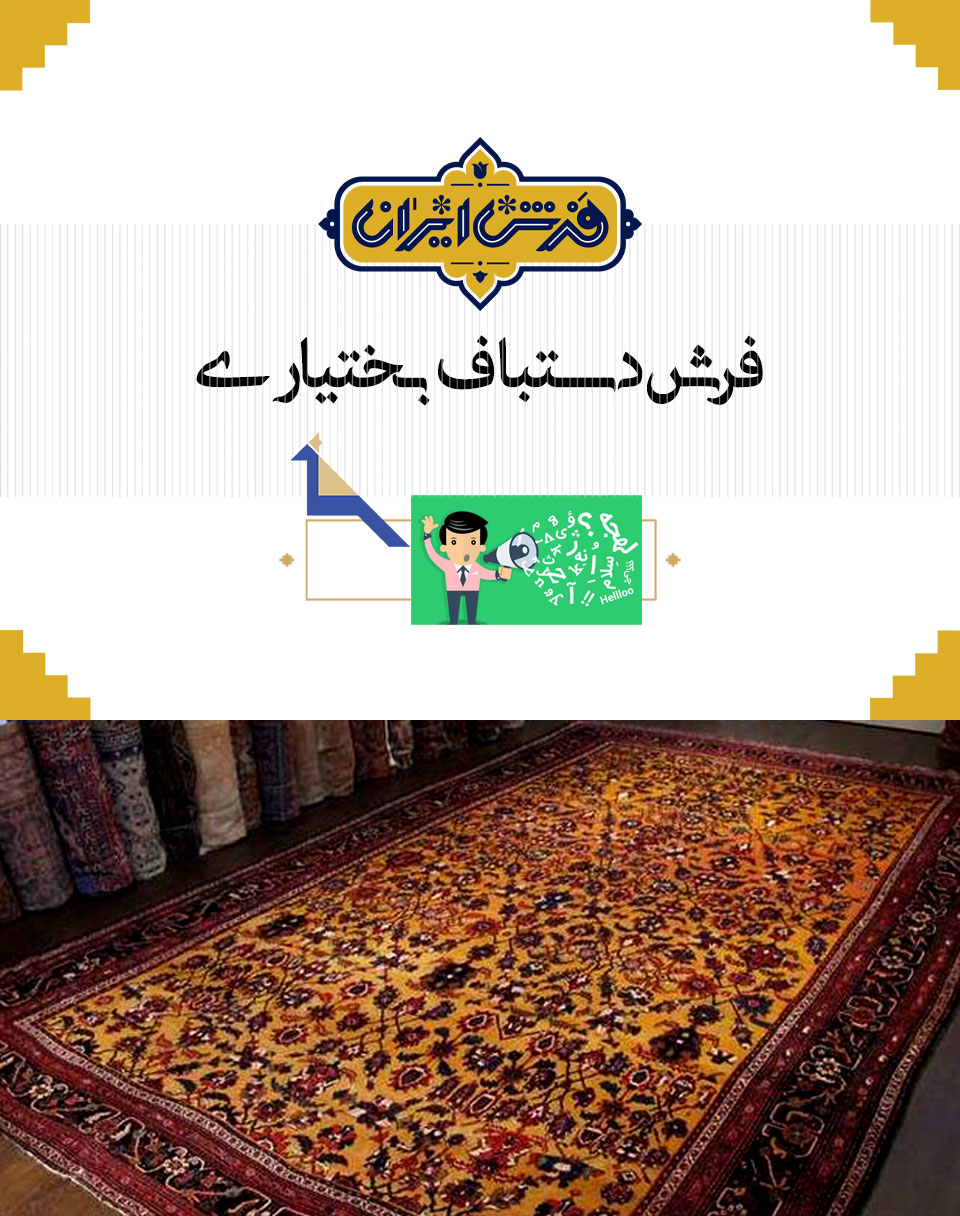
Bakhtiari carpets and carpet panels
Classic hand-woven carpets: Classic carpets, which are generally seen in cities such as Isfahan, Kashan, Yazd, Herat, Karabagh, Gilan, etc., have been popular in Iran since the Safavid era. Taranj and Taranj designs are attributed to the time of the appearance of classical carpets. 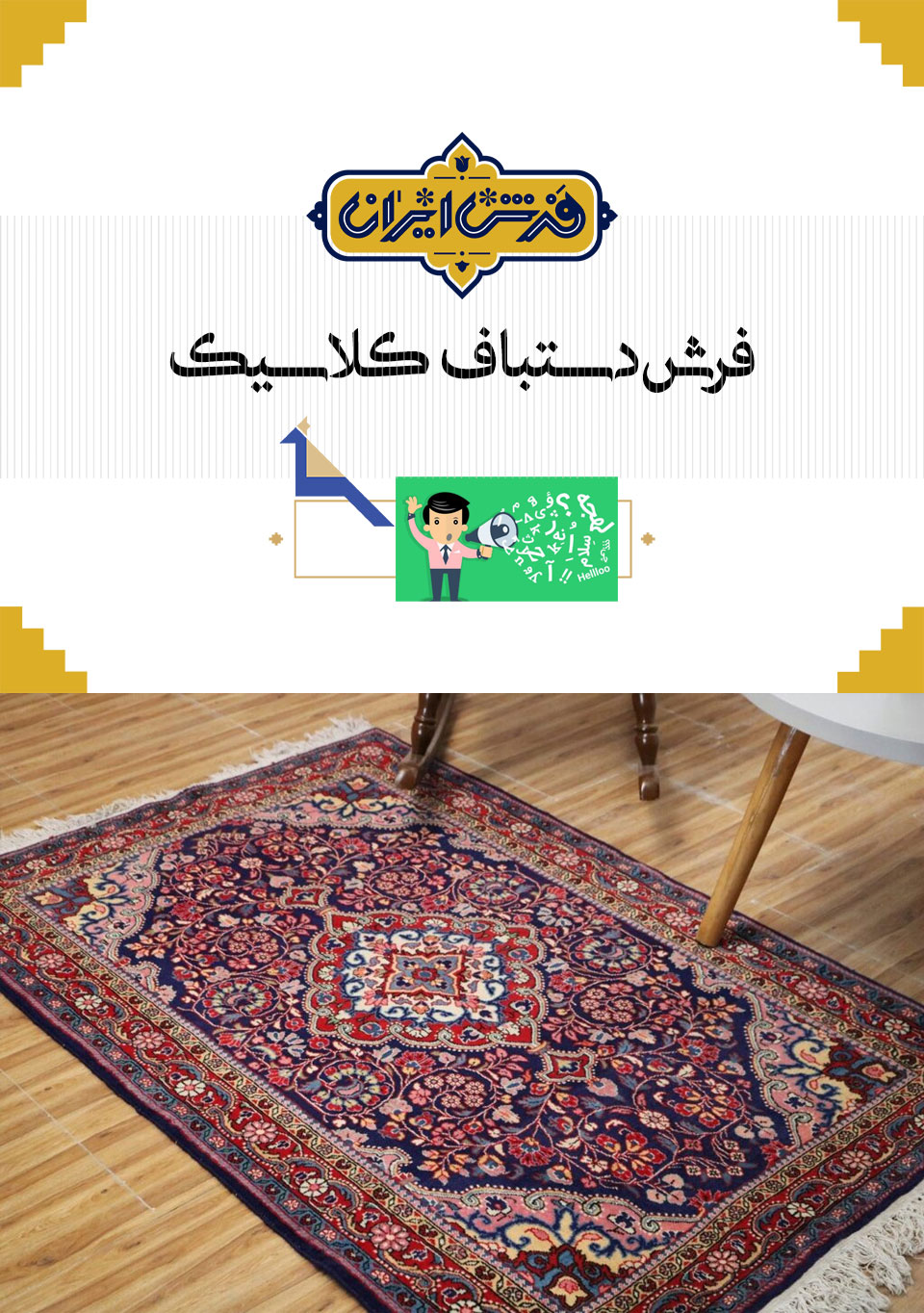 Classic handmade carpet
Classic handmade carpet
Source (tva hdvhk): Iranian carpet
